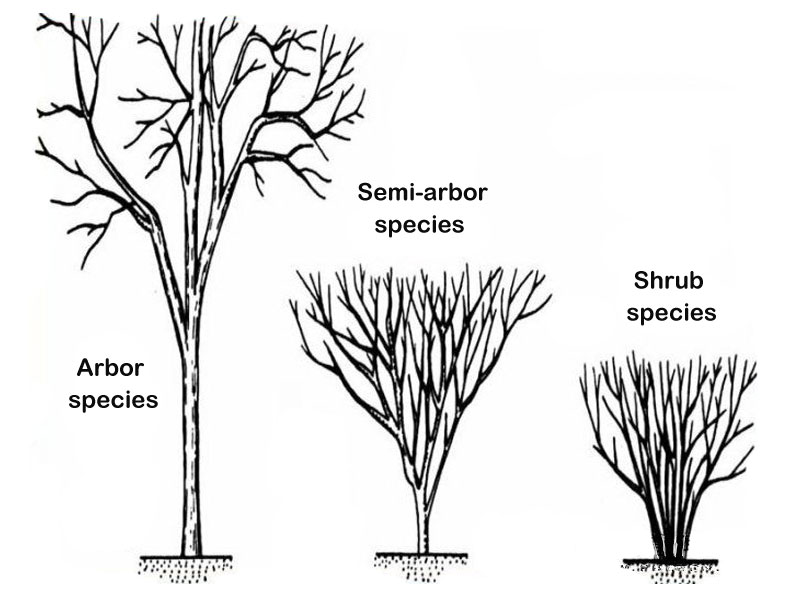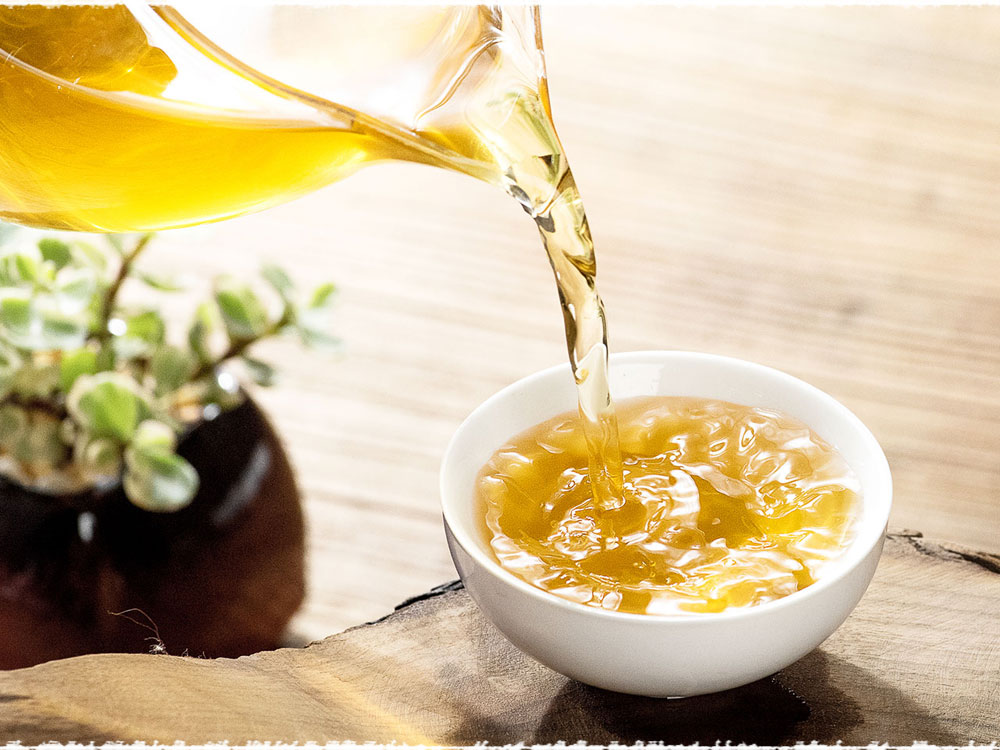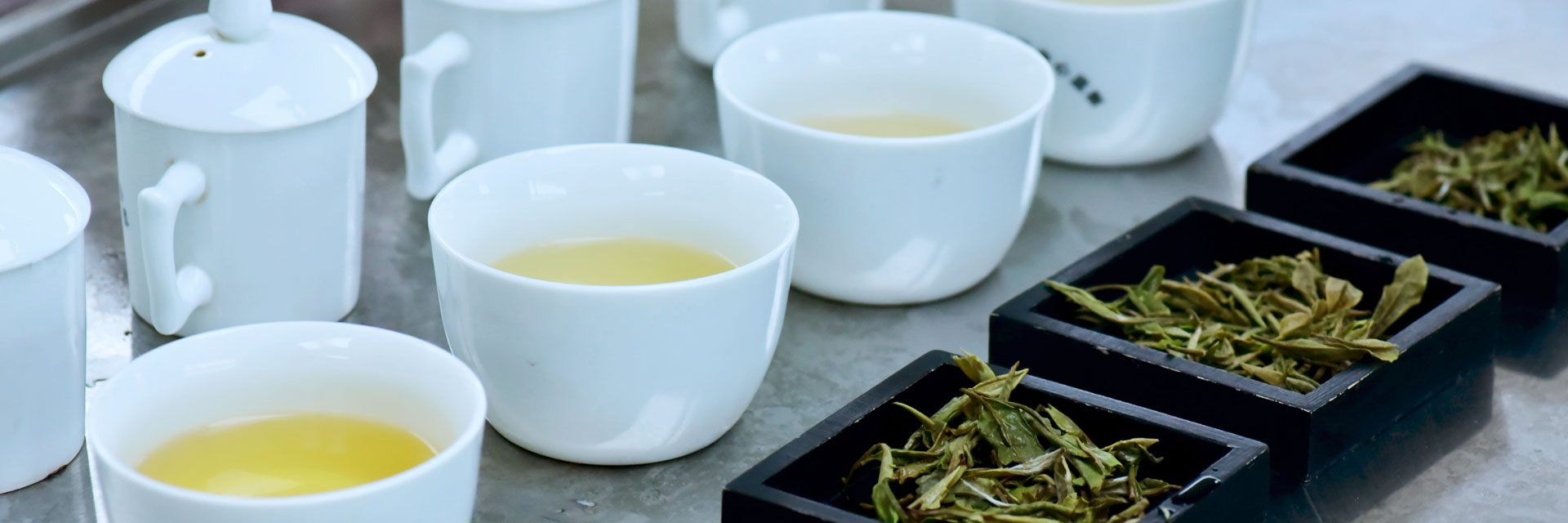I. A Good Tea Should Be Infusion-enduring?
Whether a tea can make multiple infusions is a standard for tea judgment. We often hear people talking about the infusion-enduring feature of a tea, which refers that the tea leaves will still have aroma and taste after being brewed for many steeps. The infusion-enduring feature also reflects the richness of the substances contained in the tea. However, this does not absolutely mean a good tea should brew multiple steeps. Different types of tea have different characteristics. To judge the quality of a tea should combine its appearance, aroma, taste, brewed leaves and other factors, and should not generalized by its infusion-enduring feature. As for the same type of tea, the one with mellower taste, richer aroma and multiple steeps will be generally considered as a high quality tea. Therefore, there is no absolute relationship between infusion-enduring feature and the quality of tea.


II. What Factors Determine the Infusion-enduring Feature?
1. The tea bush species
Theoretically, arbor has the highest content of tea polyphenol, followed by the semi-arbor, and then the shrub. The amount of tea polyphenols directly affects the steeps a tea can be brewed. Therefore, under the same or similar growing conditions, tea made of arbor will be more infusion-enduring than others. And this is why Pu’erh tea can often brew many steeps.


2. The age and ecological environment of tea trees
The age of tea trees and ecological environment are closely related. The discussion of tea tree’s age would make sense under the same conditions of climate and ecological environment. Strictly speaking, under the same climatic and ecological environment, the older the tree, the mellower the taste and the much steeps the tea can made. This is one of the reasons why some tea lovers pursue the ancient tea.
We often talk about that “good tea comes from the high mountain, clouds and mist”, which mainly talk about the importance of the growing environment of tea trees. If the ecological environment around the tea tree is good, with high altitude, rich soil, then the tea produces here will be rich in taste and can also make multiple steeps.


3. The tenderness degree of tea leaves
Generally speaking, the pure tea buds cannot be brewed as many steeps as the one bud with one or two leaves. This is because that the older leaves contain more substances, which need many steeps to completely release out. For example, green tea is made by mostly tender tea buds; the ratio of tea polyphenol content to amino acid content is high, so it tastes fresh and fragrant. While oolong tea always made by tea buds with two or three leaves, some even with stems, which is full in taste and substances. So oolong tea is relatively infusion-enduring. Of course, it is also related to the different processing techniques of these two types of tea.


4. Making processes in the production
The main process that may affect the infusion-enduring feature is rolling. The same raw material, if the rolling degree is heavy, the flavor in tea may brew out quicker, thus leads to fewer steeps. So we should pay more attention to the rolling degree.
In addition, the infusion-enduring feature is also related to the integrity degree of the tea leaves. The complete leaves can brew more steeps than the finely broken leaves (like the traditional Keemun Black Tea), because their flavor and the substances are more easily brewed out.


5. Brewing Methods
Different people brew a same tea at different time, may get different steeps. This is not only because the different proportions of tea and water, but also because the brewing time and water temperature. Besides, to most of the tea, if we can’t brew the first two steeps well, then the aroma and taste of the following steeps will not turn out so well. Furthermore, high water temperature and long brewing time can brew out the taste and substances of tea quickly and much, which will lead to the tasteless steeps later.


Now, I believe that everyone may have a clear understanding of the relationship between the infusion-enduring feature and the good tea. When these conditions are almost the same, it is certain that an infusion-enduring tea is not necessarily a good tea, but most of the good tea is infusion-enduring.
 Learn Professional Tea Tasting and Inspection with Tea Master Chen
Learn Professional Tea Tasting and Inspection with Tea Master Chen Yingde Black Tea
Yingde Black Tea Matcha vs. Green Tea Powder
Matcha vs. Green Tea Powder
